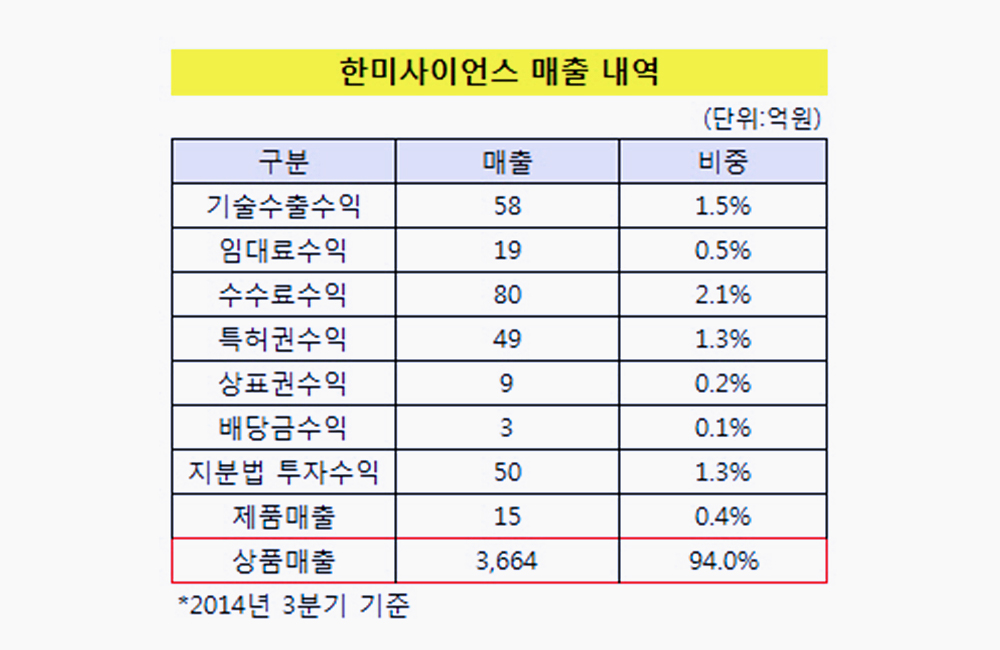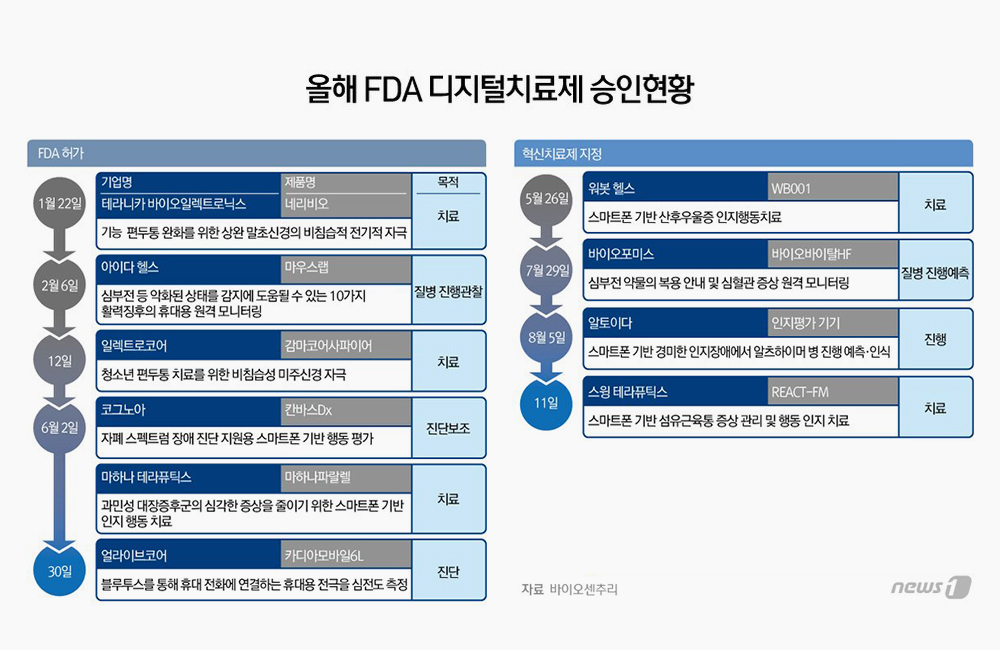A new artificial intelligence (AI)-based
eye test can predict a condition that may develop into blindness, a recent
study has determined.
Researchers from Imperial College London
and University College London (UCL) carried out a clinical trial using retinal
imaging technology known as Detection of Apoptosis in Retinal Cells (DARC).
When tested on 113 patients in the trial, the technology was able to identify
areas of the eye that were showing signs of geographic atrophy (GA) – a common
condition that causes reduced vision and blindness.
The findings from the study have been
published in Progress in Retinal Eye Research.
Currently, early detectable symptoms and
predictors of GA are limited, which makes it difficult to identify the disease
early enough to avoid any vision loss. The researchers behind the study hope
that this technology could be used as a screening test for GA and aid in the
development of new treatments for the disease.
Age-related macular degeneration and
geographic atrophy
Age-related macular degeneration (AMD) is
the most common blindness in people over the age of 55 and GA is an advanced
form of AMD. GA affects 700,000 people in the UK and the incidence is expected
to double in the next 25 years. GA develops over several years and can result
in progressive and irreversible sight loss. Although there is no cure, early
detection is of crucial importance because there are potential treatments that
could prevent severe vision loss or slow the disease’s progression, such as eye
injections and tablets.
Professor Francesca Cordeiro, lead author
of the study and Chair and Professor of Ophthalmology at Imperial College
London, said: “Geographic atrophy is one of the leading causes of reduced
vision, and in some cases blindness, in the developed world. It can
significantly impact patients’ quality of life as tasks such as reading,
driving, and even recognising familiar faces become more difficult as the
disease advances.
“As life expectancy in
developed countries continues to increase, the incidence of GA has grown.
“Early detection is a
key defence against this disease but, as symptoms develop over several years,
the condition is often picked up once the disease has progressed to a more
advanced stage.
“Our study is the
first to show that DARC technology can be used to predict whether a patient is
at risk of developing GA. These findings will help clinicians intervene with
treatments to slow down vision loss and manage the condition at an early stage.
We also hope that this technology can be rolled out onto high street opticians
and used as a screening test in primary care settings.”
DARC technology
The DARC method enables the visualisation
of sick and dying cells on the retina – a thin layer of tissue that lines the
back of the eye on the inside and sends visual information to the brain. Rather
than providing an estimate of healthy cells, DARC highlights unhealthy and sick
cells, to give an indication of disease activity.
The test involves injecting a fluorescent
dye into the bloodstream (via the arm) that attaches to retinal cells and
illuminates those that are undergoing stress or cell death. The damaged cells
appear bright white when viewed in eye examinations – the more damaged cells
detected, the higher the DARC count. The researchers also incorporated an AI
algorithm developed by Professor Cordeiro to rigorously count and assess the
DARC spots, as specialists often disagree when viewing the same scans. Previous
clinical trials have shown that the test can predict the progression of
glaucoma and new areas of wet AMD.
Clinical trial
For the new study, the researchers
recruited 113 patients at Western Eye Hospital, part of Imperial College
Healthcare NHS Trust, in 2017. 19 patients had early signs of wet AMD and 13
patients had early signs of GA. To assess various conditions, the team also
recruited in three different groups: healthy volunteers, patients with
progressive glaucoma, optic neuritis (as a model for multiple sclerosis) and
Down’s Syndrome where the pathology is thought to be similar to Alzheimer’s
disease.
All patients were screened using the DARC
method and were then followed up with optical coherence tomography (OCT) scans,
to view the health of eyes, every six months for a period of three years. The
researchers then compared the DARC scans with the gold standard OCT scans to
assess DARC’s ability to predict the expansion of GA.
Researchers found that the level of DARC
was predictive of GA. Patients with a DARC count of over 10 were found to have
increased expansion of GA three years later.
Now, the team plan to further validate
their results within larger clinical trials which will start in the UK later on
this year.









